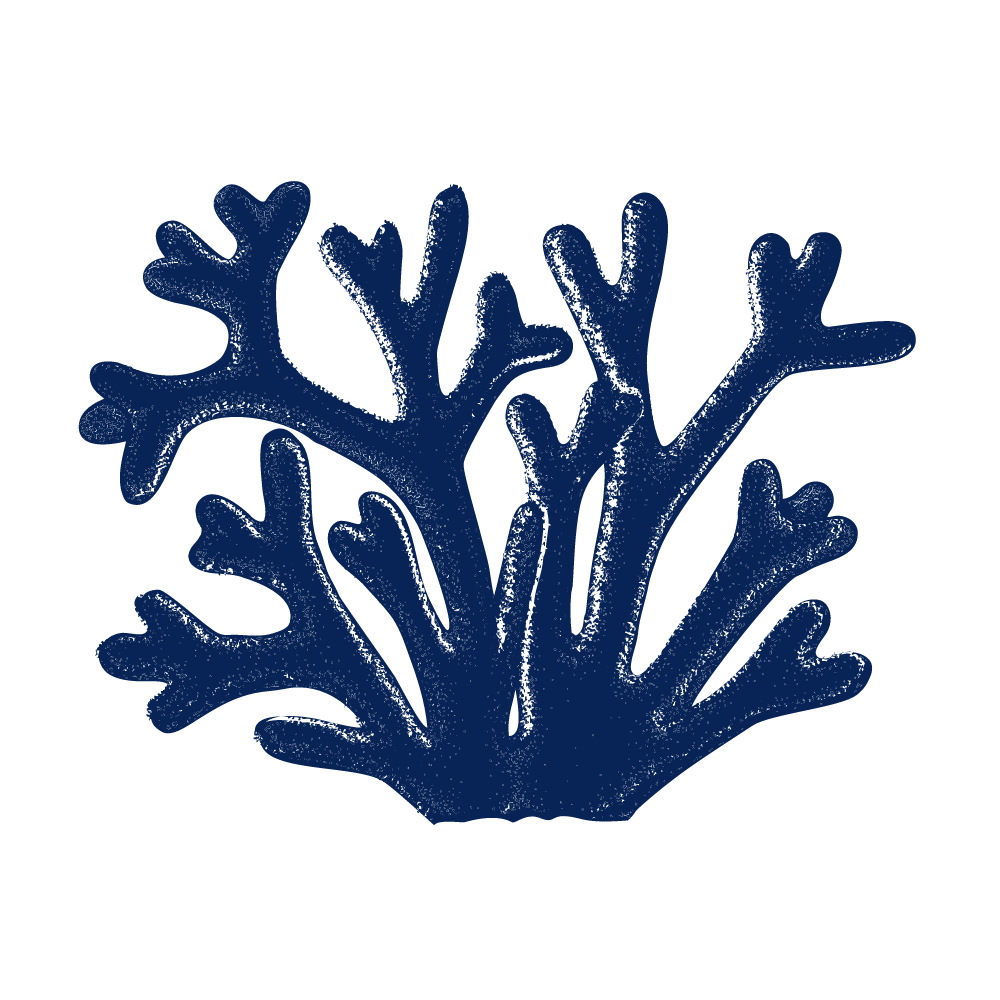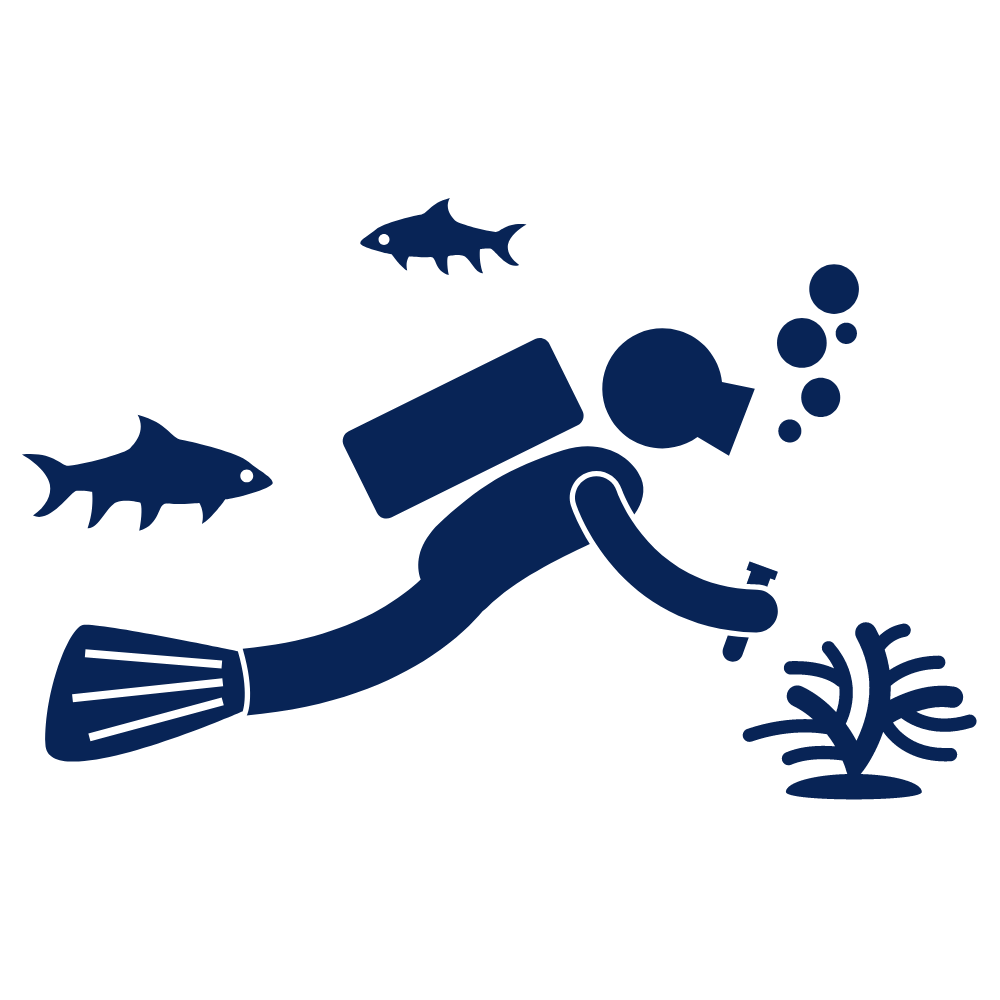Posted by admin | 10.30.2013 | Marine Science
Common Seashells of North Carolina
 Angelwings are chalky white in color measuring 4-8 inches in length and can be found in waters as deep as 60 feet. Their exterior has about 30 spiny radial ribs edged with a set of serrated teeth-like protrusion. These animals can burrow through mud, clay and even soft rock as the spiral down into the earth. After the animal dies other species will claim the burrow as their own. These shells are uncommonly fragile and usually wash ashore fragmented, chipped, or cracked. The animal has a well-developed foot that it uses to burry down into the sand.
Angelwings are chalky white in color measuring 4-8 inches in length and can be found in waters as deep as 60 feet. Their exterior has about 30 spiny radial ribs edged with a set of serrated teeth-like protrusion. These animals can burrow through mud, clay and even soft rock as the spiral down into the earth. After the animal dies other species will claim the burrow as their own. These shells are uncommonly fragile and usually wash ashore fragmented, chipped, or cracked. The animal has a well-developed foot that it uses to burry down into the sand.

Clams, more specifically the, Quahog Calm, are thick hard shell clams which are distinguished by a rim of dark purple along the inner lip. As purple is a rare color in nature these shells were harvested by Native Americans and used as Wampum (money). The clams soft body is irregular and a strong foot extends to help the animal burrow into the mud and sad. Like most bivalve clams, Quahogs feed by extending a siphoning apparatus up through the mud and filter feeding.
 Jingle shells are oval slightly translucent flakey shells. These shells are often used to make wind chimes or jewelry due to their color variety and glossy finish. The jingle shell is sessile as an adult and usually beachcomber only find the top part of the shell scattered along the beach. When the animal dies the hinge degrades causing the top shell to detach while the bottom portion remained attached to its substrate by a threadlike attachment called a byssus.
Jingle shells are oval slightly translucent flakey shells. These shells are often used to make wind chimes or jewelry due to their color variety and glossy finish. The jingle shell is sessile as an adult and usually beachcomber only find the top part of the shell scattered along the beach. When the animal dies the hinge degrades causing the top shell to detach while the bottom portion remained attached to its substrate by a threadlike attachment called a byssus.
 Marsh Periwinkles are gastropods around the size of an acorn that depend on brackish water to survive. These snail-like animals live on the salt marsh grasses. Their spiral shell is gray-white in color and is often cover in a layer of green-brown algae. They secret a sticky mucus which allows them to travel up an down the salt marsh grass to feed and escape predators.
Marsh Periwinkles are gastropods around the size of an acorn that depend on brackish water to survive. These snail-like animals live on the salt marsh grasses. Their spiral shell is gray-white in color and is often cover in a layer of green-brown algae. They secret a sticky mucus which allows them to travel up an down the salt marsh grass to feed and escape predators.

Mussels live in the intertidal zone and feed by filtering seawater. They are usually found partially buried in the sediment and utilize byssal threads to attach to the roots of marsh grasses so that they are not carried away by the changing tides. The can grow up to 5 inches and have prominent radial ribs on the exterior of their off-white shell. The surface of the shell is obscured by a olive-brown layer called the perisotracum.
 Oysters vary in shape, color, and size unlike most other shells. These animals have a ridged irregularly shaped sturdy outer shell contrary to the smooth pearly inside. These animals thrive in estuaries but can be found in waters as deep as 40 feet. They are sessile permanently attaching themselves to a hard surface and often form large communities referred to as oyster reefs. As they fed they remove bacteria, algae and nutrient from the water.
Oysters vary in shape, color, and size unlike most other shells. These animals have a ridged irregularly shaped sturdy outer shell contrary to the smooth pearly inside. These animals thrive in estuaries but can be found in waters as deep as 40 feet. They are sessile permanently attaching themselves to a hard surface and often form large communities referred to as oyster reefs. As they fed they remove bacteria, algae and nutrient from the water.


 Marine Bio
Marine Bio SCUBA
SCUBA Travel
Travel School Groups
School Groups Sign Up
Sign Up CONTACT
CONTACT CAMPS
CAMPS ABOUT
ABOUT